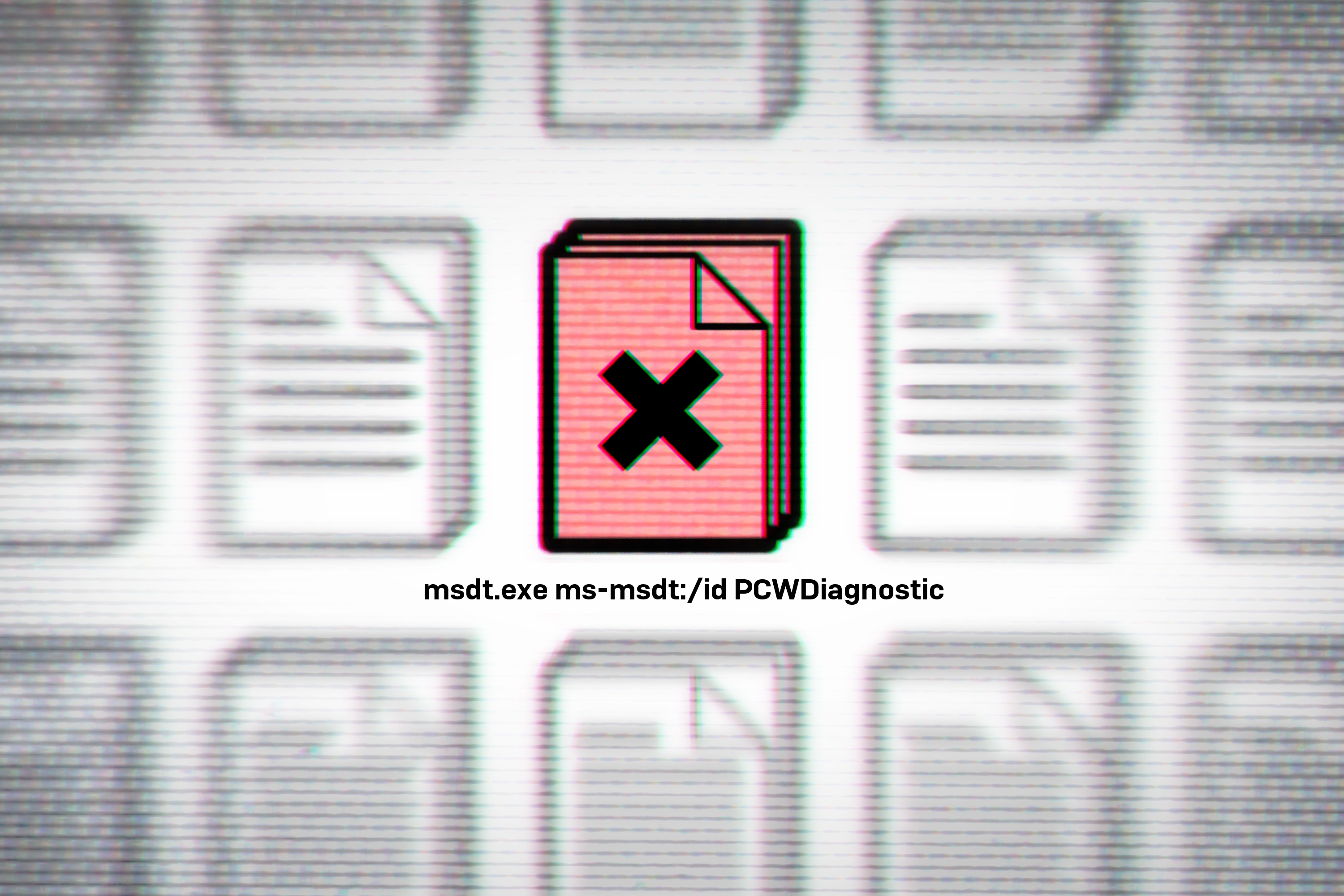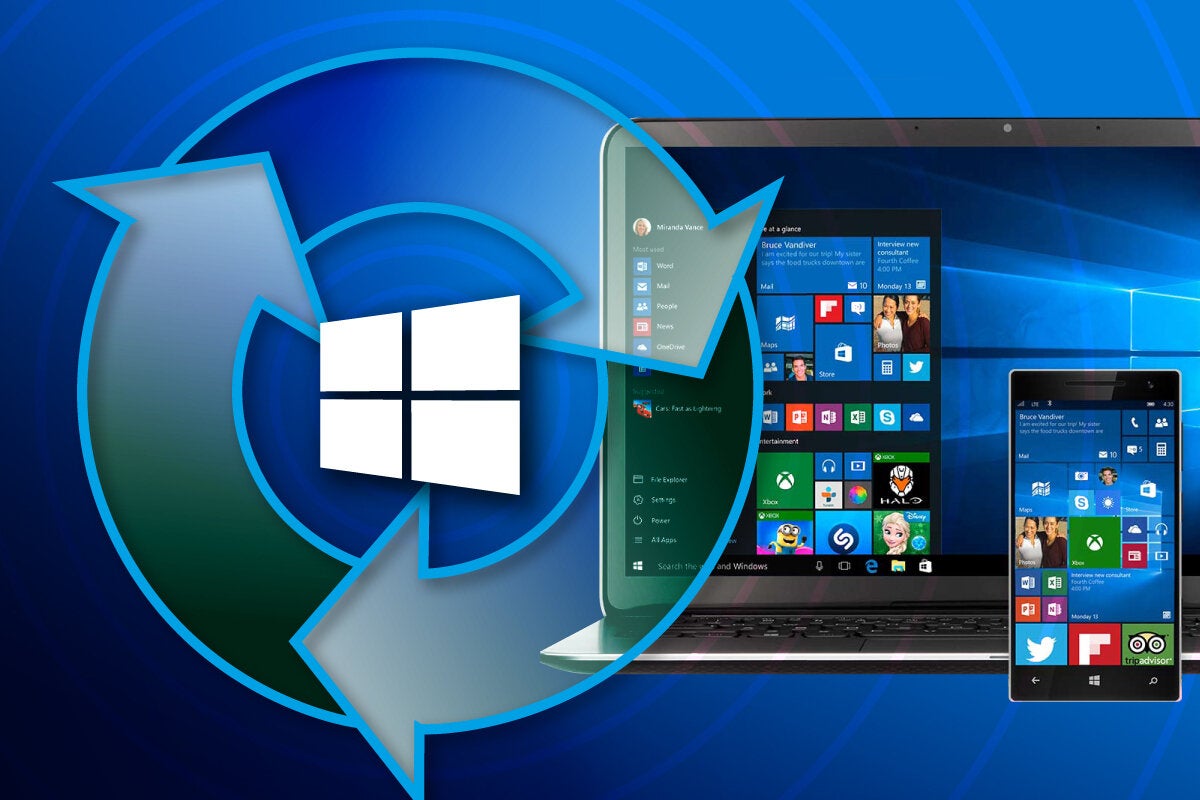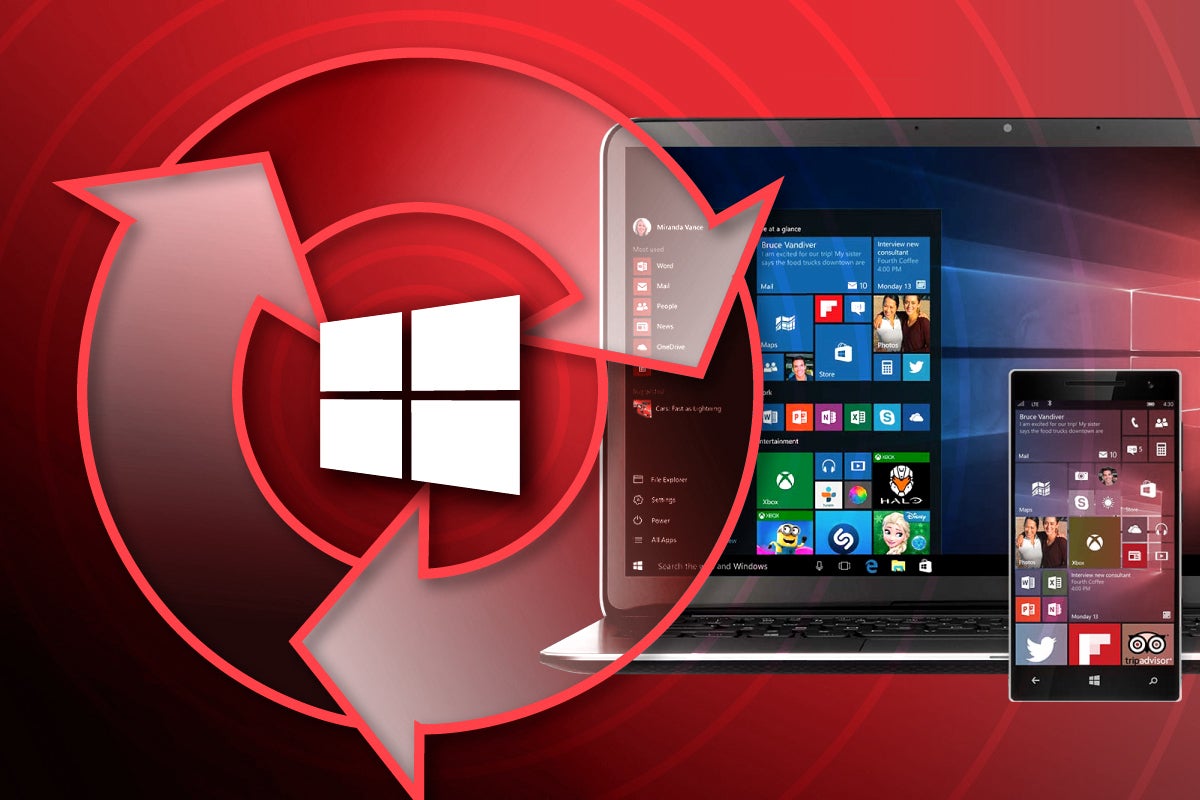Zero-days flaws mean it's time to patch Exchange and Windows

This month’s Patch Tuesday update from Microsoft deals with 84 flaws and a zero-day affecting Microsoft Exchange that at the moment remains unresolved. The Windows updates focus on Microsoft security and networking components with a difficult-to-test update to COM and OLE db. And Microsoft browsers get 18 updates—nothing critical or urgent.





